About PVC and the Industry
Blog about modern PVC Fencing Technology in Australia

Some History
The PVC fencing business was first introduced in the 1980s by PVC pipe producers. However, many of these PVC pipe makers utilised the same formulation of pipe for the production of PVC fencing but had little effectiveness, and the damaging UV (UV) radiation caused fencing to degrade when exposed to sunlight. Some PVC pipe makers were able to respond to the initial failures by developing an improved technology. PVC that is extruded to be used in fencing has a distinct composition or recipe, other than the PVC that is used in other industries, such as gutters, piping, furniture, barge board etc.
How is PVC made?
The primary components used in the production of PVC resin are all natural , including natural gas, crude oil and salt. Ethylene gas is derived from natural gas and crude oil Chlorine gas is created by combining salt. These gasses are then chemically modified to produce the ethylene dichloride (EDC). The EDC is then heated to release two gasses that are hydrogen chloride (HCl) and vinyl chloride monomer (VCM).
The VCM is converted into PVC resin via a chemical reaction known as polymerisation. It is PVC resin is blended with other additives like ultraviolet inhibitors and impact modifiers pigments, and stabilisers to create PVC to be used for fencing.
The PVC fencing business was first introduced in the 1980s by PVC pipe producers. However, many of these PVC pipe makers utilised the same formulation of pipe for the production of PVC fencing but had little effectiveness, and the damaging UV (UV) radiation caused fencing to degrade when exposed to sunlight. Some PVC pipe makers were able to respond to the initial failures by developing an improved technology. PVC that is extruded to be used in fencing has a distinct composition or recipe, other than the PVC that is used in other industries, such as gutters, piping, furniture, barge board etc.
How is PVC made?
The primary components used in the production of PVC resin are all natural , including natural gas, crude oil and salt. Ethylene gas is derived from natural gas and crude oil Chlorine gas is created by combining salt. These gasses are then chemically modified to produce the ethylene dichloride (EDC). The EDC is then heated to release two gasses that are hydrogen chloride (HCl) and vinyl chloride monomer (VCM).
The VCM is converted into PVC resin via a chemical reaction known as polymerisation. It is PVC resin is blended with other additives like ultraviolet inhibitors and impact modifiers pigments, and stabilisers to create PVC to be used for fencing.



